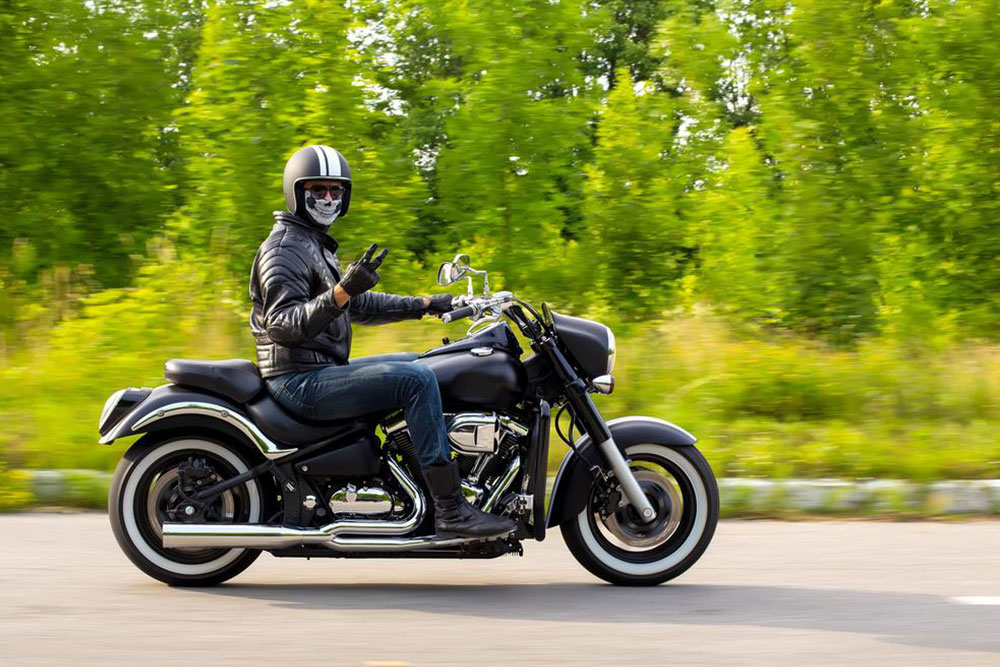Comprehensive Guide to Safe Cycling: 7 Essential Rules for Every Biker
This comprehensive safety guide for cyclists emphasizes the importance of wearing helmets, increasing visibility, staying alert, using hand signals, obeying traffic laws, and maintaining bikes. Following these essential rules promotes safer cycling experiences for individuals and contributes to safer roads overall. Perfect for both beginner and experienced riders, this article offers practical tips to help cyclists stay protected, aware, and responsible, ensuring every ride is fun and hazard-free.

Cycling is a wonderful activity that offers numerous health benefits, environmental advantages, and a great way to explore your surroundings. Whether you're commuting through busy city streets, enjoying mountain trails, or cruising along scenic bike paths, prioritizing safety is critical. Ensuring proper safety measures not only protects you but also promotes safer habits among other road users. While biking is generally a fun and healthy pursuit, accidents can happen without proper precautions. Therefore, adhering to fundamental safety principles is essential to prevent injuries and make every ride enjoyable and secure.
In this comprehensive guide, we will explore the top 7 safety tips that every cyclist should embrace. These guidelines are designed to help you stay safe, increase your visibility, communicate effectively with other road users, and maintain your equipment in top condition. By following these rules, you’ll enhance your riding experience and contribute to safer roads for everyone.
Wearing a Proper Helmet
A well-fitted helmet is your most vital piece of safety gear. It significantly reduces the risk of severe head injuries in case of falls or collisions. Selecting the right helmet involves ensuring it fits snugly without being too tight or loose. Look for helmets that meet safety standards and provide ample coverage for the back of your head. Remember, a helmet should sit level on your head and cover your forehead adequately. Replacing it after an impact or every few years ensures optimal protection.
Enhancing Your Visibility
Being visible is key to avoiding accidents. Use bright-colored clothing, reflective strips, and accessories such as vests, arm bands, or stickers to increase your visibility, especially during dawn, dusk, or night riding. Install front and rear lights on your bike and ensure they are functioning properly. These lights help attract the attention of other drivers and pedestrians and make your presence known from a distance. Wearing a helmet-mounted light or reflective gear can create multiple points of visibility, reducing the risk of being overlooked.
Maintaining Focus and Attention
Staying alert while cycling is vital. Avoid distractions such as headphones, Bluetooth devices, or mobile phones during your ride, as they divert your focus from the road. Keep your eyes scanning the environment for potential hazards like potholes, debris, opening car doors, or pedestrians. If riding in a group, communicate effectively with fellow riders, but do so without losing focus on your surroundings. Staying attentive enables you to react quickly to unexpected situations and helps prevent accidents.
Using Hand Signals for Communication
Clear communication is essential, especially when navigating through traffic. Use recognized hand signals to indicate turns, stops, or lane changes. Extending your arm to signal a left or right turn informs drivers and other cyclists of your intentions well in advance. This proactive communication ensures everyone understands your movements, reducing confusion and potential collisions. Practicing and consistently using hand signals enhances safety during every ride, particularly in heavy traffic or complex intersections.
Adhering to Traffic Laws
Respect all traffic signals, signs, and road rules, just as motor vehicles do. Obey traffic lights, stop signs, and yield signs, and respect one-way streets. Observing speed limits and riding in designated lanes contributes to a safer riding environment. Remember that cycling is a legitimate form of transportation, and following laws demonstrates responsible behavior. Understanding and respecting traffic rules also helps in gaining the respect of motorists and pedestrians, fostering mutual safety.
Performing Regular Bike Maintenance Checks
Your bike’s condition directly impacts your safety. Before every ride, conduct a thorough inspection of key components. Check the brakes to ensure they engage smoothly and provide adequate stopping power. Inspect tires for proper inflation and tread wear. Ensure that gears shift properly, the chain is lubricated, and all bolts are tight. Regular maintenance prevents mechanical failures during rides and prolongs your bike’s lifespan. Carrying essential repair tools such as a pump, spare tube, and toolkit makes it easier to handle minor issues on the go.
In conclusion, prioritizing safety is crucial for every cyclist. By consistently implementing these seven guidelines—wearing a helmet, increasing visibility, staying alert, communicating with hand signals, obeying traffic laws, and maintaining your bike—you can greatly reduce the risk of accidents. Safe cycling not only protects you but also encourages a culture of responsibility among all road users. Remember, each ride is an opportunity to enjoy the outdoors responsibly while ensuring your well-being and that of others on the road.




